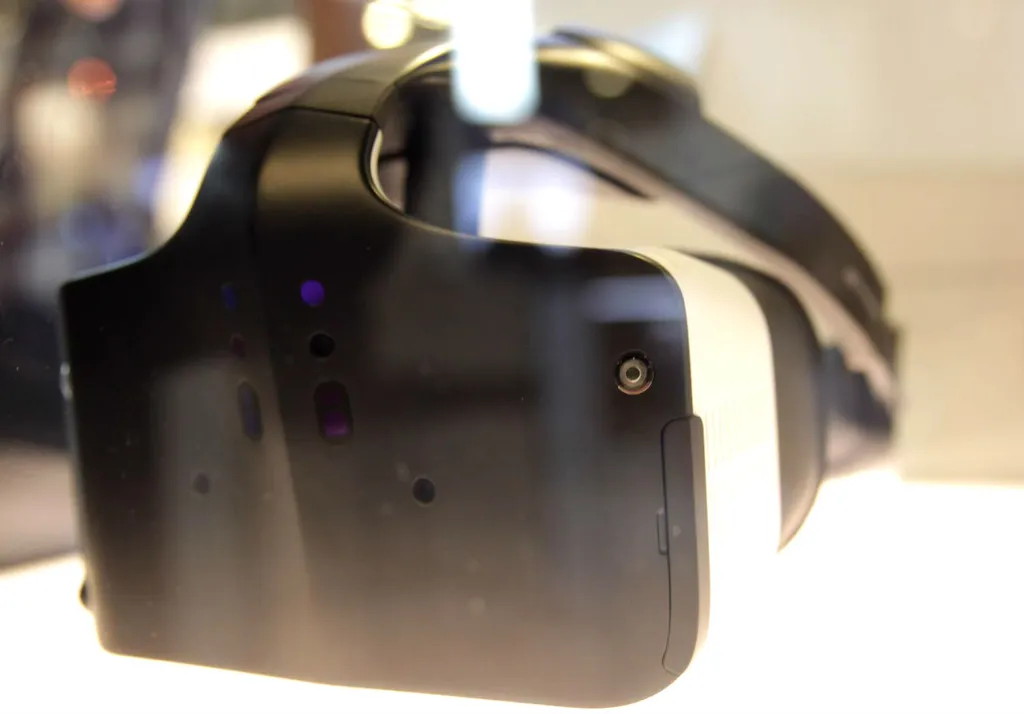Earlier this year we tried out Project Alloy from Intel — a reference design standalone headset that could identify its location without any external hardware required.
The system was essentially a PC pushed into the form factor of a head-mounted display and used Intel’s computer vision depth-sensing hardware and software to pinpoint its location. Microsoft, however, used the technology it pioneered with HoloLens to lure a series of PC manufacturing partners into developing VR headsets based on its tracking technology. This likely left little reason for Intel to continue Alloy.
Microsoft also debuted hand controllers that do a solid job when in view of the headset’s wide-angle cameras, with less accurate estimation when they are out of view. Intel was working with a solution from Ximmerse for similar functionality, but when we demoed Alloy at CES in January we were instead given controllers which could only be tracked with a limited range of movement. It was awkward.
The news of the Alloy cancellation was first reported by RoadToVR but we independently confirmed the news and received the following statement from Intel:
Intel has made the decision to wind down its Project Alloy reference design, however we will continue to invest in the development of technologies to power next-generation AR/VR experiences. This includes: Movidius for visual processing, Intel® RealSense™ depth sensing and six degrees of freedom (6DoF) solutions, and other enabling technologies including Intel® WiGig, Thunderbolt™, and Intel® Optane™. All of these Intel technology solutions are supported by a robust portfolio of software capabilities, and we’re building out a VR support ecosystem, from software design kits to reference designs, to spur innovation that’s enabling rich and immersive content. Project Alloy served as a great proof of concept for Intel and the industry – showing what’s possible in a high-performance, immersive and untethered VR experience. What we’ve learned through Project Alloy will inform future efforts.


























